-
 bitcoin
bitcoin $112195.049338 USD
2.42% -
 ethereum
ethereum $4124.915858 USD
2.81% -
 tether
tether $1.000570 USD
0.02% -
 xrp
xrp $2.861568 USD
2.25% -
 bnb
bnb $1000.346670 USD
3.04% -
 solana
solana $209.070819 USD
3.38% -
 usd-coin
usd-coin $0.999870 USD
0.02% -
 dogecoin
dogecoin $0.235379 USD
2.65% -
 tron
tron $0.335681 USD
-0.20% -
 cardano
cardano $0.803501 USD
3.38% -
 hyperliquid
hyperliquid $47.120881 USD
3.56% -
 chainlink
chainlink $21.501300 USD
3.44% -
 ethena-usde
ethena-usde $1.000571 USD
0.02% -
 avalanche
avalanche $29.793378 USD
3.62% -
 stellar
stellar $0.366964 USD
2.42%
In CFD trading, is the larger the leverage ratio, the better?
Higher leverage ratios magnify both potential profits and losses, increasing the risk-reward balance for CFD traders.
Dec 16, 2024 at 10:52 am
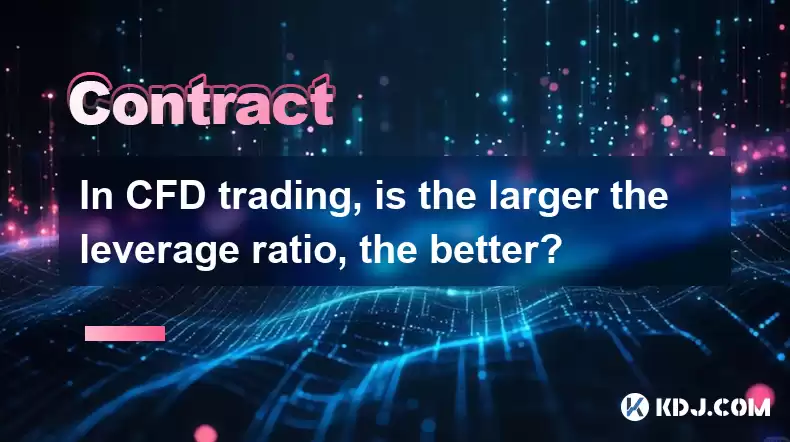
Contract for Differences (CFDs) are financial instruments that allow traders to speculate on the price movements of underlying assets, such as stocks, commodities, and indices, without owning them directly. Leverage is an important feature of CFD trading, which amplifies the potential returns and risks associated with a trade.
Leverage is expressed as a ratio, such as 1:10, 1:50, or 1:100. It represents the proportion of a trader's own capital used to open a position. For example, a leverage ratio of 1:50 means that a trader can control $50,000 worth of an asset by investing only $1,000 of their own funds.
Benefits of Higher Leverage- Amplified Returns: Higher leverage allows traders to magnify their profits. By leveraging their capital, traders can potentially achieve higher returns on relatively small price movements.
- Access to Larger Positions: With leverage, traders can access and control larger positions in the market. This enables them to increase their exposure to potential gains.
- Hedging Strategies: Leverage can be used for hedging strategies, where traders take opposite positions in different markets to mitigate risks.
- Magnified Losses: While leverage can amplify profits, it also amplifies losses. Traders can lose more than their initial investment if the market moves against their position.
- Margin Calls: Brokers typically require traders to maintain a minimum equity balance, known as margin, in their trading accounts. If a trader's losses exceed their margin requirements, they may receive a margin call and be forced to close their position or deposit additional funds.
- Emotional Trading: Leverage can lead to emotional trading, as traders may be tempted to take excessive risks in pursuit of higher returns.
Selecting the appropriate leverage ratio is crucial for successful CFD trading. Here are some factors to consider:
- Risk Tolerance: Traders should assess their risk tolerance before choosing a leverage ratio. Those who are comfortable with higher levels of risk may opt for higher leverage, while those who prefer to limit their exposure should opt for lower leverage.
- Trading Strategy: Leverage should align with a trader's specific trading strategy. For example, traders who use scalping or day trading strategies may benefit from higher leverage to capture frequent price fluctuations.
- Market Volatility: Market volatility should be taken into account. Higher leverage is suitable for less volatile markets, while lower leverage is more appropriate for volatile markets.
To trade CFDs with leverage, traders can follow these steps:
- Open a Trading Account: Open a trading account with a licensed and regulated CFD broker that offers leverage.
- Fund Your Account: Deposit funds into your trading account to cover the initial margin requirement.
- Choose an Asset: Select the underlying asset you want to trade, such as a stock, commodity, or index.
- Select Leverage: Specify the leverage ratio you wish to use for the trade.
- Place an Order: Enter the order details, including the position size, stop-loss, and take-profit levels.
- Monitor Your Position: Regularly monitor the performance of your trade and make adjustments as needed.
While leverage can increase potential returns and access, it also amplifies risks. Traders should carefully consider their risk tolerance, trading strategy, and market volatility before choosing a leverage ratio. Responsible and judicious use of leverage can enhance trading opportunities, while excessive leverage can lead to substantial losses.
Disclaimer:info@kdj.com
The information provided is not trading advice. kdj.com does not assume any responsibility for any investments made based on the information provided in this article. Cryptocurrencies are highly volatile and it is highly recommended that you invest with caution after thorough research!
If you believe that the content used on this website infringes your copyright, please contact us immediately (info@kdj.com) and we will delete it promptly.
- Prenetics, Bitcoin Holdings, and Corporate Bitcoin: A New Era?
- 2025-09-29 20:25:11
- Swift, Altcoins, and Shifting Sands: Diving into Crypto's Latest Details
- 2025-09-29 20:25:11
- SWIFT, XRP, and Deals: What's the Story, Huh?
- 2025-09-29 20:30:01
- Nick Szabo, Bitcoin Core v30: A Legal Minefield?
- 2025-09-29 20:30:01
- Jackpot Alert: Rare £1 Coin Error Could Be Worth a Cool £1,000!
- 2025-09-29 20:30:01
- Monday Briefing, September 29, 2025: Future Trends in Crypto and Beyond
- 2025-09-29 20:30:12
Related knowledge
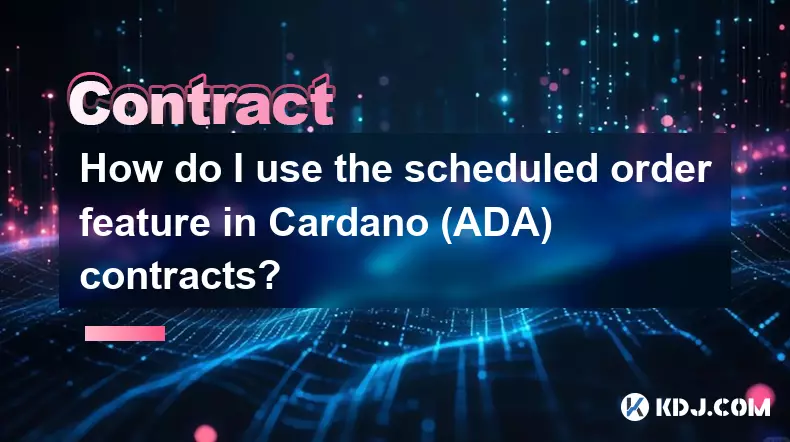
How do I use the scheduled order feature in Cardano (ADA) contracts?
Sep 28,2025 at 10:18pm
Understanding Scheduled Orders in Cardano Smart ContractsCardano operates on a proof-of-stakes consensus mechanism and uses the Plutus scripting langu...

How do I enable the "scalping-only" mode for Cardano (ADA) contracts?
Sep 24,2025 at 03:19am
Understanding Scalping Strategies in Crypto Derivatives1. Scalping in cryptocurrency trading refers to executing multiple short-term trades within min...
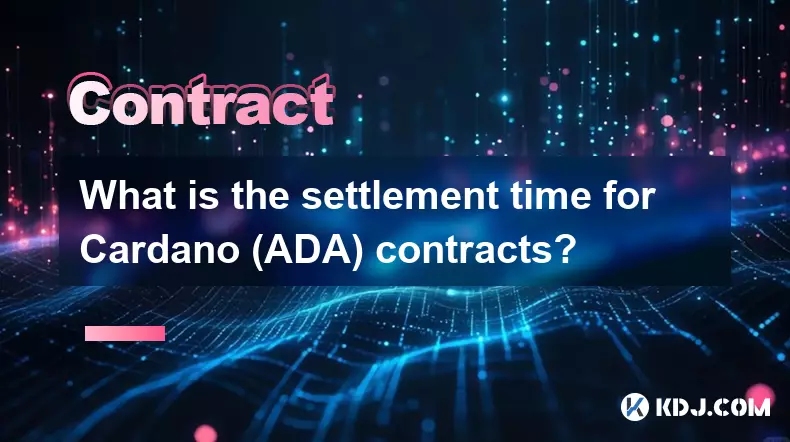
What is the settlement time for Cardano (ADA) contracts?
Sep 28,2025 at 04:18am
Understanding Cardano's Contract Settlement Mechanism1. Cardano operates on a proof-of-stake consensus model known as Ouroboros, which fundamentally i...
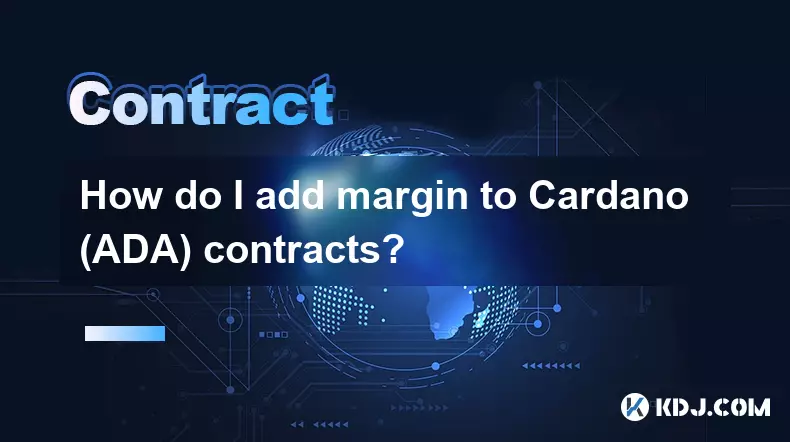
How do I add margin to Cardano (ADA) contracts?
Sep 27,2025 at 07:54pm
Understanding Margin in Cardano (ADA) Smart ContractsCardano operates on a proof-of-stake blockchain that supports smart contracts through its Plutus ...
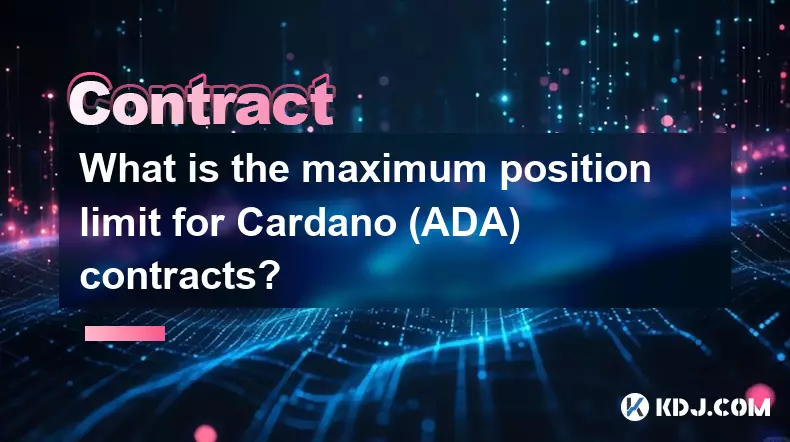
What is the maximum position limit for Cardano (ADA) contracts?
Sep 23,2025 at 11:00pm
Understanding ADA Futures and Derivatives Market Structure1. Cardano (ADA) futures contracts are offered by several major cryptocurrency derivatives e...
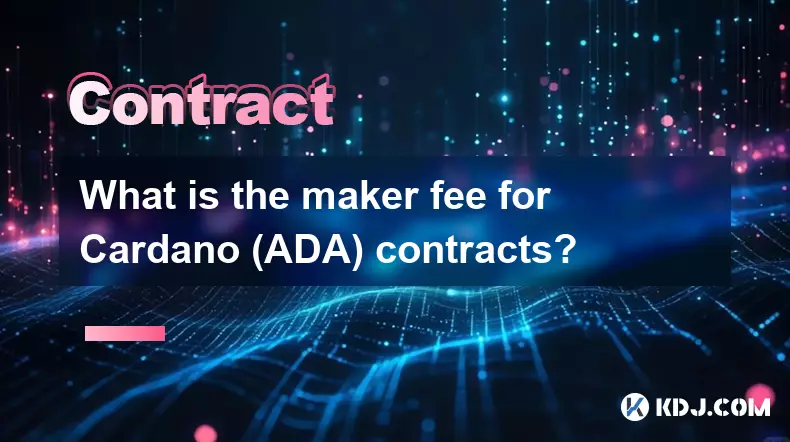
What is the maker fee for Cardano (ADA) contracts?
Sep 26,2025 at 09:01am
Understanding Maker Fees in Cardano (ADA) Contracts1. The concept of maker fees applies broadly across decentralized exchanges and smart contract plat...

How do I use the scheduled order feature in Cardano (ADA) contracts?
Sep 28,2025 at 10:18pm
Understanding Scheduled Orders in Cardano Smart ContractsCardano operates on a proof-of-stakes consensus mechanism and uses the Plutus scripting langu...

How do I enable the "scalping-only" mode for Cardano (ADA) contracts?
Sep 24,2025 at 03:19am
Understanding Scalping Strategies in Crypto Derivatives1. Scalping in cryptocurrency trading refers to executing multiple short-term trades within min...

What is the settlement time for Cardano (ADA) contracts?
Sep 28,2025 at 04:18am
Understanding Cardano's Contract Settlement Mechanism1. Cardano operates on a proof-of-stake consensus model known as Ouroboros, which fundamentally i...

How do I add margin to Cardano (ADA) contracts?
Sep 27,2025 at 07:54pm
Understanding Margin in Cardano (ADA) Smart ContractsCardano operates on a proof-of-stake blockchain that supports smart contracts through its Plutus ...

What is the maximum position limit for Cardano (ADA) contracts?
Sep 23,2025 at 11:00pm
Understanding ADA Futures and Derivatives Market Structure1. Cardano (ADA) futures contracts are offered by several major cryptocurrency derivatives e...

What is the maker fee for Cardano (ADA) contracts?
Sep 26,2025 at 09:01am
Understanding Maker Fees in Cardano (ADA) Contracts1. The concept of maker fees applies broadly across decentralized exchanges and smart contract plat...
See all articles










































































